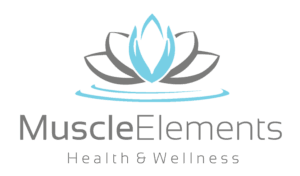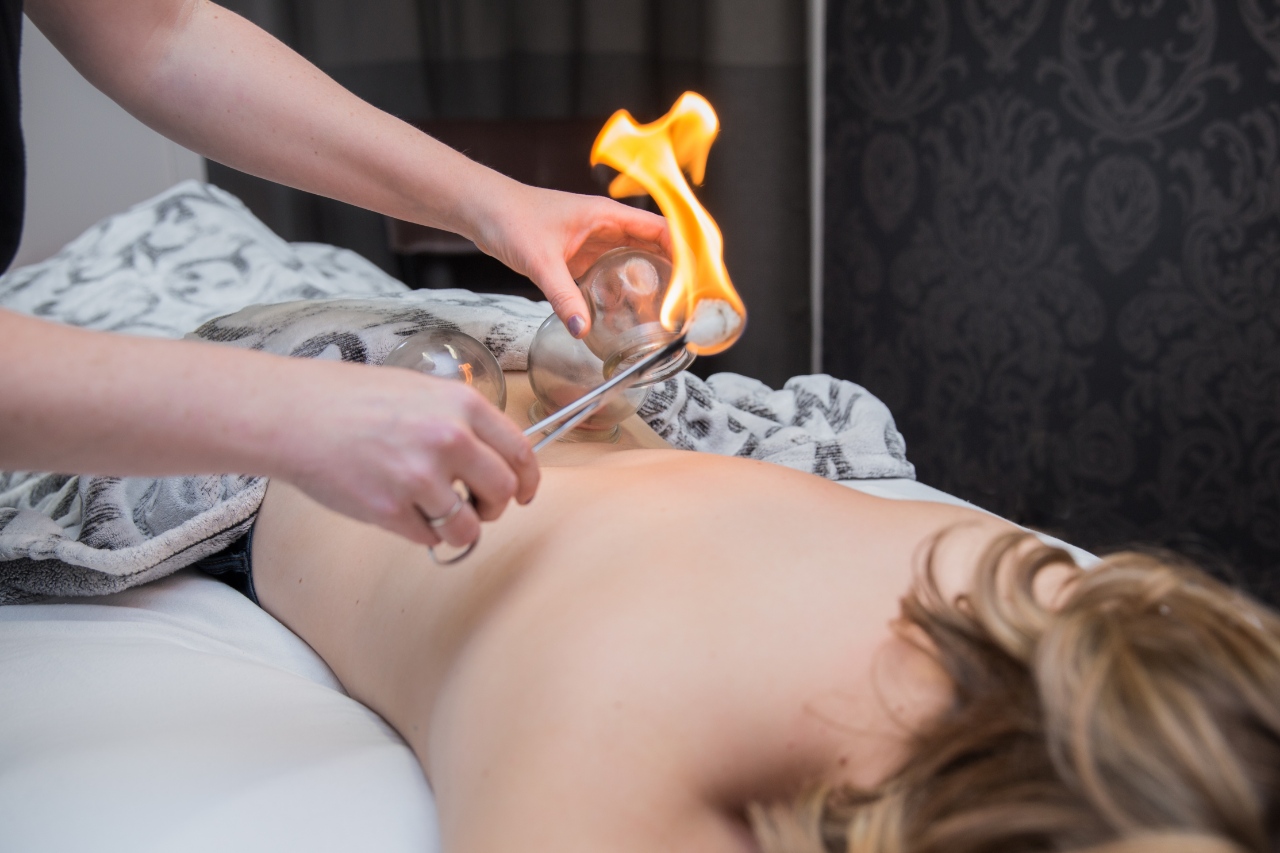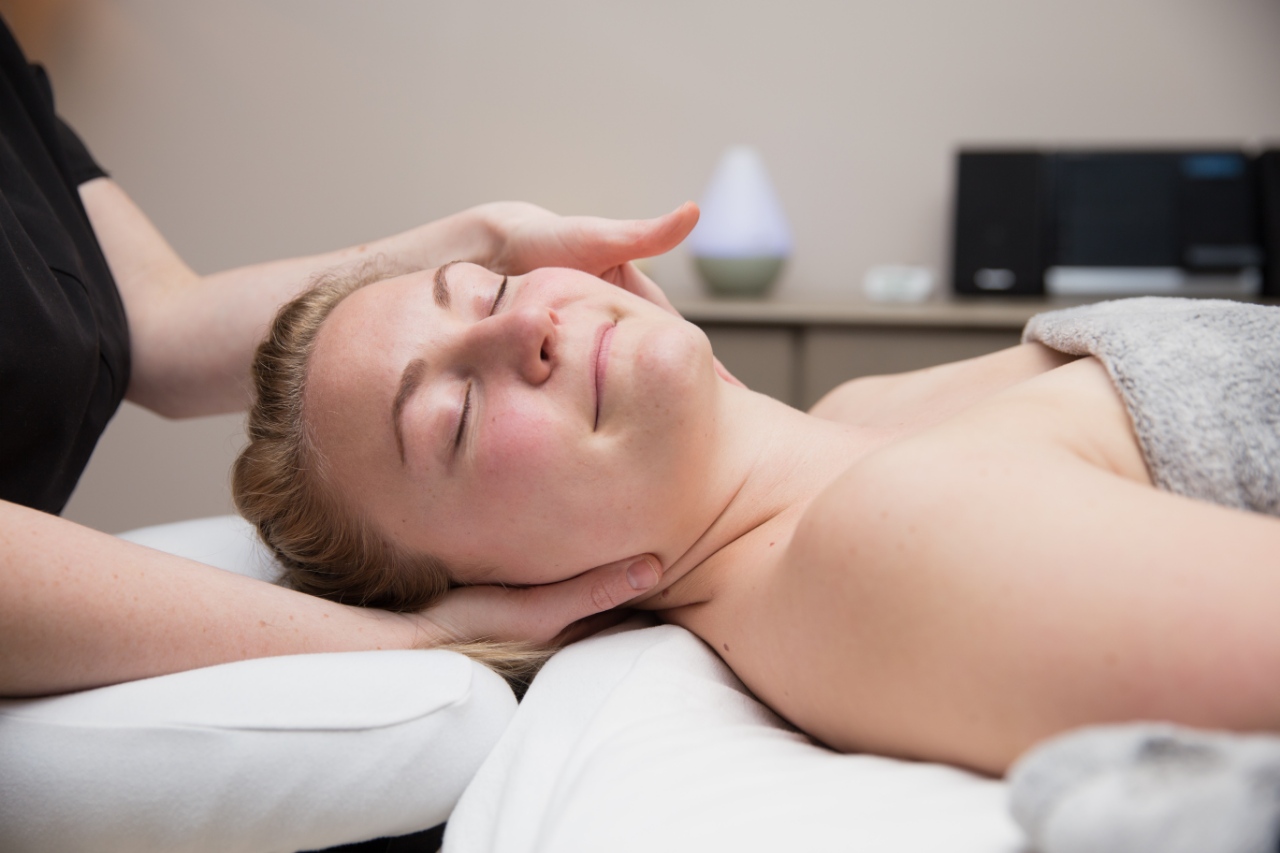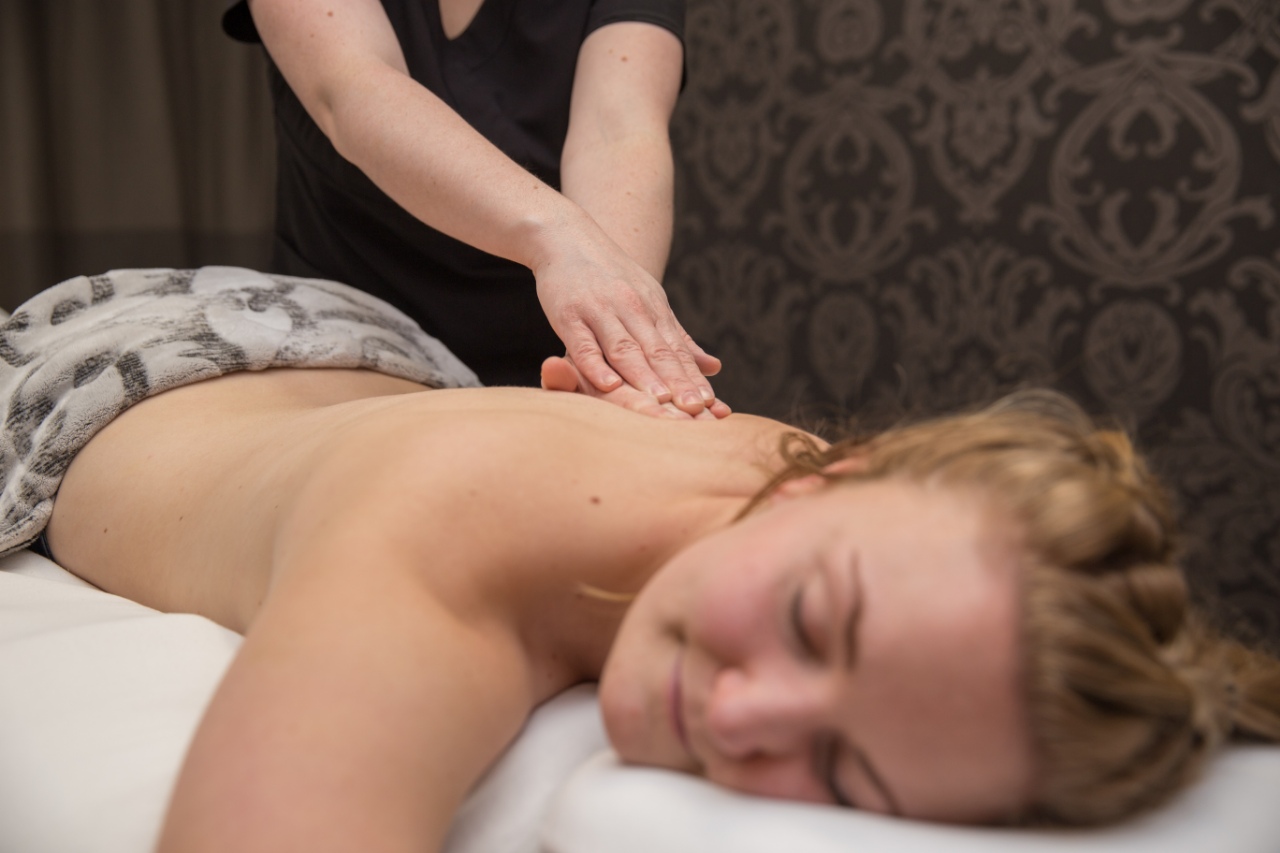Osteopathy
Osteopathy for Edmonton & Sherwood Park
What is Osteopathy?
Osteopathic therapy is both a natural medicine and a treatment philosophy that applies the knowledge of anatomy and physiology of the body to treat disease, disorder and dysfunction. The tools that osteopaths use are their hands to identify the cause of the problem and to restore order in all systems: musculoskeletal (muscles and bones), respiratory, cardiovascular, digestive, reproductive, or nervous system.
Osteopathic manual therapy focuses on the assessment, diagnosis and treatment of disorders using adjustments and gentle movements of the joints or organs to correct imbalances. The focus of osteopathic assessment and treatment is to find any obstruction that blocks the circulation of fluids within the body. By restoring proper mechanics to the body, our osteopathic manual therapist allows the normal flow of fluids and improves function, which helps reduce pain and improves wellbeing.
The Alberta Association of Osteopathic Manual Therapists is the regulatory body that sets the standards of manual osteopathic practice in Alberta. They are a member of the Canadian Federation of Osteopaths and are aligned with the scope of practice and educational requirements of the Osteopathic International Alliance and World Health Organization.
How Does an Osteopathic Treatment Work?
Our Osteopathic Manual Therapist facilitates your body’s natural ability to self-regulate and self-heal. During your initial consultation, our therapist analyzes your posture, tension in your connective tissue, and mobility of your internal organs. Our therapist uses palpation, which is a diagnostic method of feeling with their hands during a physical examination, to examine the size, consistency, texture, location, and tenderness of an organ or body part. The focus of osteopathic assessment and treatment is to find any obstruction that blocks the circulation of fluids within the body. Then, we manually adjust your body to remove internal blockages, alleviate pain, and facilitate inner healing.
What Are the Benefits of Osteopathic Medicine?
According to The Journal of the American Osteopathic Association, osteopathic manual therapies are effective in treating:
- Chronic knee, shoulder, lower back or neck pains
- Asthma and other respiratory/breathing problems
- Sinus disorders and related conditions like pneumonia
- Carpal tunnel syndrome
- Headaches and migraines
- PMS or menstrual pains
- Problems with motor control or coordination due to injuries, impact or trauma (such as car accidents, falls or collisions)
- Instability, or problems with motor control and falling due to lack of balance
- Side effects due to medications or drug and alcohol addiction
- Digestive complaints, including constipation or acid reflux
- Hypertension and cardiovascular problems
- Kidney disease
Frequently Asked Questions
Yes. First, ask your Health Benefit Plan Provider the following questions:
- Does my plan cover osteopathic manual therapy?
- How much coverage do I have per year?
- How much coverage do I have remaining?
- How much coverage do I have per treatment?
- Do I need to set anything up before direct billing can be approved (e.g. an online profile)?
- Will the clinic or I need to complete any forms?
- Does the therapist need to be registered with a specific association?
- Will I require a doctor’s note before my treatment?
Currently, Alberta Blue Cross is the only benefit provider who permits direct billing for osteopathic manual therapy. (We will update this list as more companies begin to add this service to be direct billed.)
*Please note – With direct billing, Muscle Elements submits a claim on your behalf and your Health Benefit Plan Provider determines its approval. If your claim is placed in a pending status, rejected, or not covered for the entire amount, you are responsible for the payment of your service at the time it is rendered.
No.
In the province of Alberta, registered osteopathic manual therapists are not recognized as authorized medical practitioners for the purpose of the medical expense tax credit by CRA.
For more information, please visit the CRA’s website.
The answer varies depending on your preferences and the clinic’s schedule.
Osteopathic manual therapy is in high demand, and clients typically book follow-up appointments at their initial consultation to fulfill their treatment plan.
The clinic recommends placing yourself on their waiting list of clients they call in the event of a cancellation.
Call Muscle Elements’ friendly reception staff at (780) 410-1100 or book online.
Initial and follow-up appointments are 60 minutes in length. You should arrive 15 minutes early before your first appointment to fill out any required paperwork, such as a health history form or authorization forms for direct billings.
During your first appointment, your therapist will assess and discuss your health and wellness goals to determine the best treatment for your unique needs. To reach these goals, your therapist will go over the frequency and length of future appointments for your treatment plan.
Osteopathic manual therapy benefits people ages 10 and up. It relieves many conditions, such as:
- Headaches and migraines
- Lower back pain
- Gait abnormalities
- Chronic neck pain
- Menstrual pain
- Shoulder pain
- Athletic and Sports related injuries
- Motor Vehicle Accident
- Carpal Tunnel Syndrome
Visceral massage relieves pain, dysfunction, and poor posture in the organs, membranes, fascia and ligaments contained in the abdomen. It relieves many conditions, such as:
- Whiplash
- Seatbelt injuries
- Chronic pelvic pain
- Chest or abdominal sport injuries
- Endometriosis
- Fibroids/cysts
- Dysmenorrhea
- Incontinence
- Postnatal pain
- Prostate dysfunction
- Referred testicular pain
Fertility massage (Mercier Therapy) is a safe, non-invasive technique that improves your chance of conceiving by increasing organ mobility and decreasing mucous viscosity. A treatment plan usually requires 6 appointments.
Osteopathic manual therapy is appropriate for individuals 10 years old and up; however, some conditions disqualify osteopathic manual therapy, such as:
- Pregnancy
- Menstruation
- Presence of IUD
- 4 weeks after postpartum/post-miscarriage
- 6 weeks after post-surgery
No.
Osteopathic treatments are done with your clothing on. Please refrain from wearing constrictive clothes, such as jeans.
Furthermore, therapists must obtain your consent and describe the treatments they will provide to ensure you are comfortable with them.
If you are uncomfortable with the treatment or draping, your therapist wants to know and will adjust their technique accordingly. Be sure and discuss the most effective means of treatment with your therapist.
During your first appointment, your therapist will assess and discuss your health and wellness goals to determine the best treatment for your unique needs.
Your therapist estimates the length of your treatment plan based on the severity of your pain and the history of your condition.
As part of the standards set by their association, osteopathic manual therapists must secure and maintain any verbal and written information you provide in strict confidence.
Consequently, therapists require their clients’ consent to collect their information or disclose it to their immediate health providers (circle of care).
Like many soft tissue treatments, osteopathic manual therapy can cause slight discomfort, but it is not harmful and diminishes quickly. Therapists will not use any potentially painful techniques without discussing it and obtaining your permission.
Your therapist will establish your comfort scale based on your tolerance level and will modify their treatment and technique to meet your needs at any time.
Muscle Elements respects your time with promptness and concentration on your needs during your scheduled appointment. Missed appointments prevent the clinic from accommodating other clients because the time, therapist, and room are set aside for you.
If you require any changes to your appointment, please notify Muscle Elements with as much notice as possible.
The clinic requires 24-hours notice to change, cancel, or reschedule osteopathic manual therapy appointments. If 24 hours is not given, the client will be responsible to pay for the full price of the scheduled appointment.
Our osteopathic manual therapists are registered through the National Manual Osteopathic Society.
The main premise behind osteopathy treatment is that a person’s well-being is fully dependent on the smooth functioning of his bones, connective tissues, ligaments and muscles. A good osteopath is capable of using physical manipulation, massage and stretching to improve joint mobility, relieve muscle tension, improve the supply of blood to your tissues, and give your body complete healing.
Osteopathy works by treating various areas of your body. Its main focus is on improving the function of the different parts of your body, including your muscles, joints, skeleton, internal organs, connective tissues, nerves and circulatory system, as a whole.
They both use the hands to diagnose and treat. Chiropractors tend to use X Rays to diagnose subluxations or chiropractic lesions in the spine. The osteopath is concerned with a global appreciation of the problem which might involve an understanding of the contribution of the viscera (internal organs) to the problem or the patient’s lifestyle and emotional state. Chiropractic tends to be more associated with pure spinal lesions.
The techniques used are quite different. Chiropractors use manipulations (cracking) of the joints of the spine. Osteopathy is concerned with functional mobility and the part that restricted mobility can play in causing and maintaining dis-ease in the spine. Osteopaths use many other manual modalities in their treatment such as myofascial treatments, functional techniques, soft tissue release techniques, visceral techniques and cranio sacral techniques in order to restore balance in the tissues under investigation and treatment. It is not common for osteopaths to use electro therapy such as ultra sound or interferential in their practices whereas these machines are commonly found in chiropractic practices.
Visceral osteopathy and cranial osteopathy are techniques used within normal osteopathic practice. They are not separate professions in their own right.
Cranio Sacral Therapy should not be confused with a cranial approach within osteopathy
Cranial Osteopathy is an integral part of some osteopaths practice. Cranial osteopathy is a refined and subtle type of osteopathic treatment that encourages the release of stresses and tensions throughout the body, including the head.
It is a gentle yet extremely effective approach and may be used in a wide range of conditions for people of all ages, from birth to old age.
The interconnection between the internal organs, the spine, and dis-ease states is fundamental to an understanding of osteopaths practice. Sometimes the organs can give symptoms which mimic or lead to spinal dysfunction and pain. Sometimes it is the reverse when the spinal problem leads on to visceral dysfunction. Visceral techniques in osteopathy involve the use of very specific and gentle unwinding of the supporting ligaments and fascia that support the internal organs. The treatment of visceral scar tissue and long standing dysfunctional states in cases of Irritable Bowel Syndrome or chronic period pain are just two examples of this sort of approach.
This will depend on the individual and the type of problem that exists. In general though, the longer you have been suffering with the problem the longer it will take to recover. We will hopefully be able to advise you on a likely recovery time once we have completed the consultation and first treatment. In most cases we will be giving exercises to do at home in-between treatments; a patient committed to their exercise regime will usually recovery more quickly than a patient who is not.
By attending the osteopath once each month for treatments involving gentle manipulation and mobilization of the joints our patients find they need less medication and retain good mobility and an independent life.
No, the treatment isn’t painful when performed by our qualified and registered professionals. However if your problem has been become chronic due to leaving it untreated for a while, you may experience some post-treatment soreness for up to 24 hours. This is while the body is adapting to its new position or relaxed state. But don’t worry – we’ll explain how to keep symptoms to a minimum.
On your first visit to the clinic we will take a full medical history of past illness and accidents etc. We will then concentrate on taking the history of your current problem. This will be followed by a physical examination, including active movements, and once we have determined an accurate diagnosis we will begin treatment.
It has been proven to be remarkably safe, relying on relaxed movements, mobilization and manipulation of joints along with soft tissue massage.
During an osteopathy session, make sure that you have with you details of the prescribed supplements or medications you’re currently taking. You also need to bring relevant scans, medical reports, X-rays, test results, supports, braces and orthotics that you are currently using.
Refer a Friend
Do you know someone that would enjoy our holistic healing services? Please let us know by sending us a referral. We’d love to be able to help more wonderful clients like you!
Subscribe to our newsletter
Get wonderful insights for your holistic health and wellness directly into your email inbox. We love empowering our clients!



